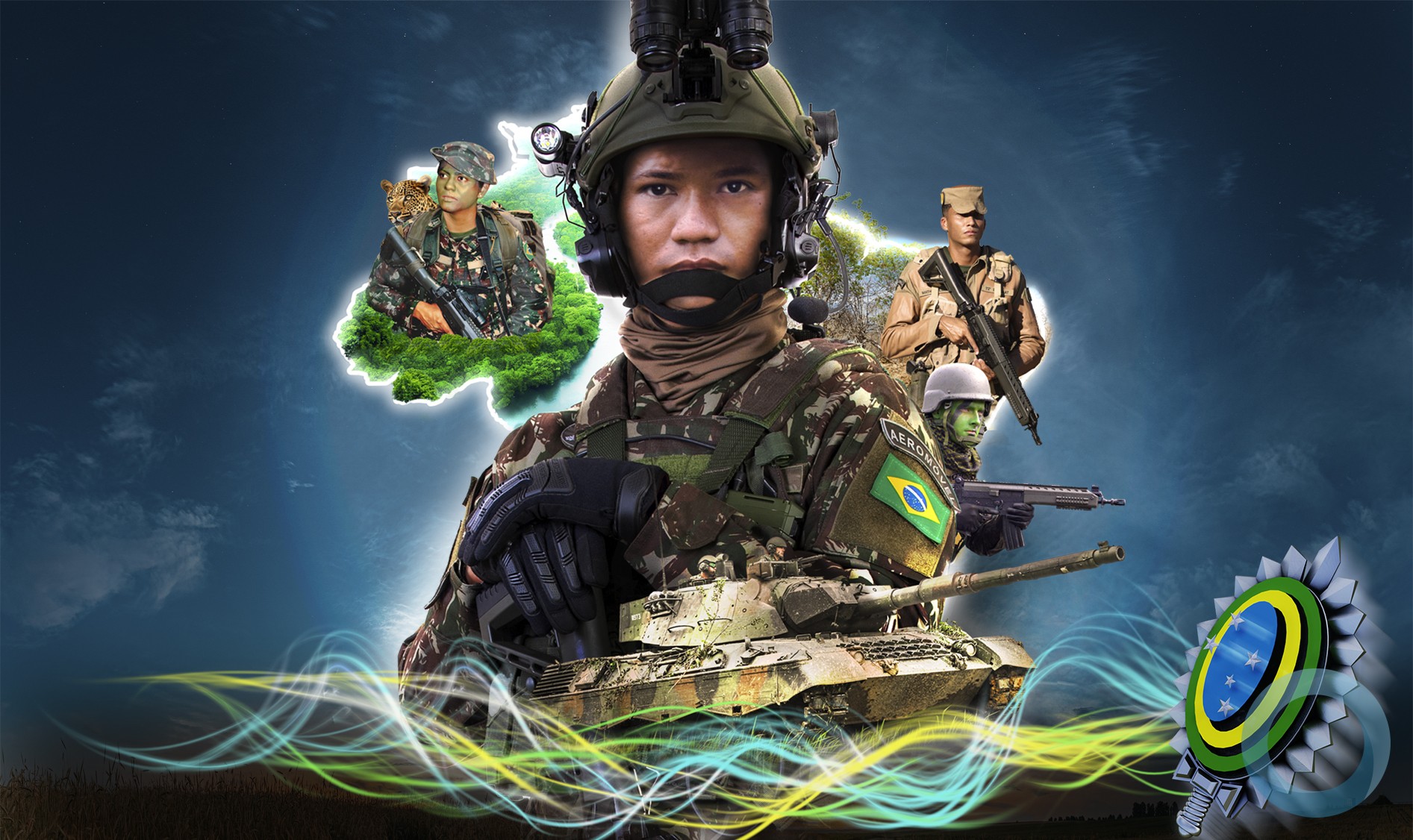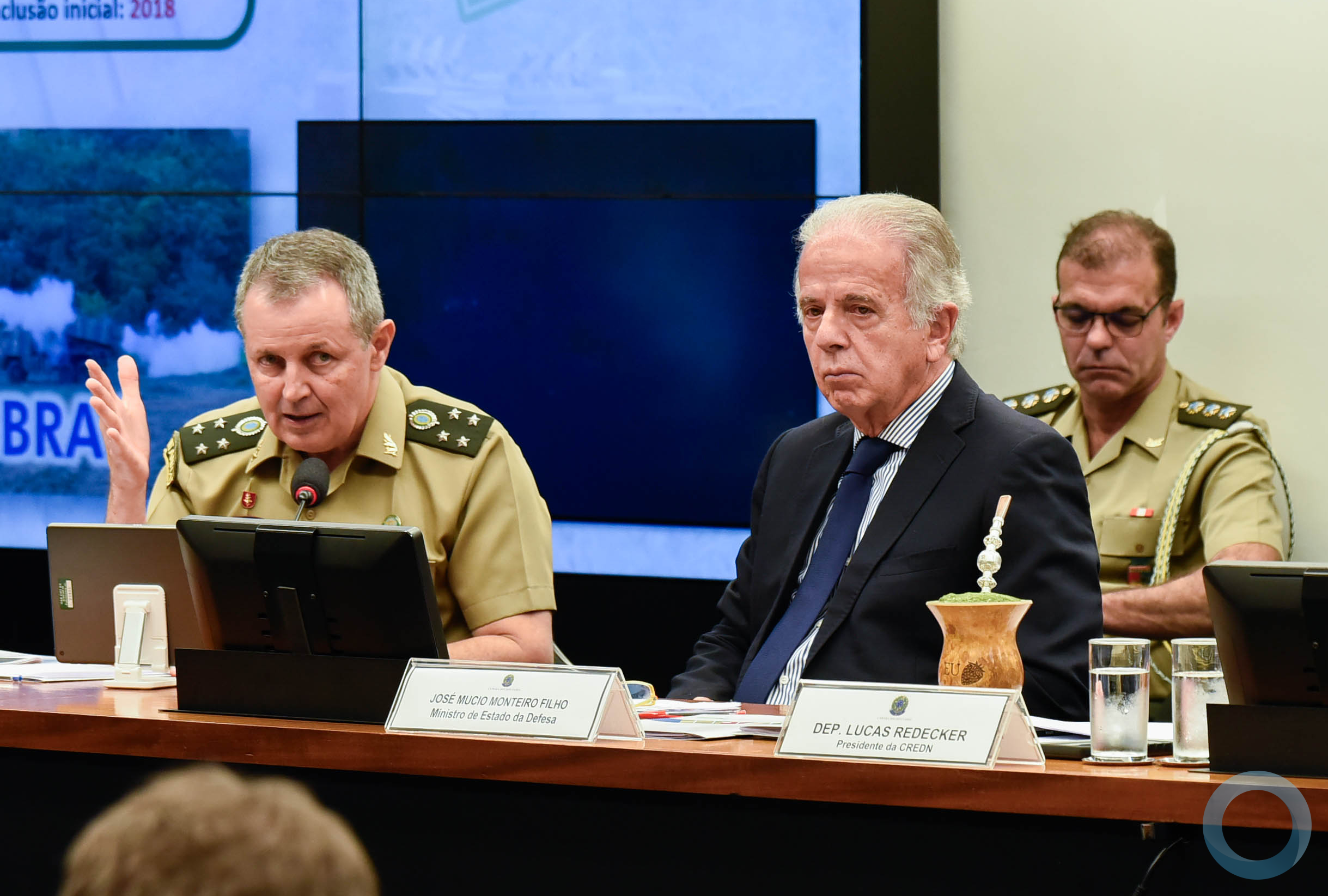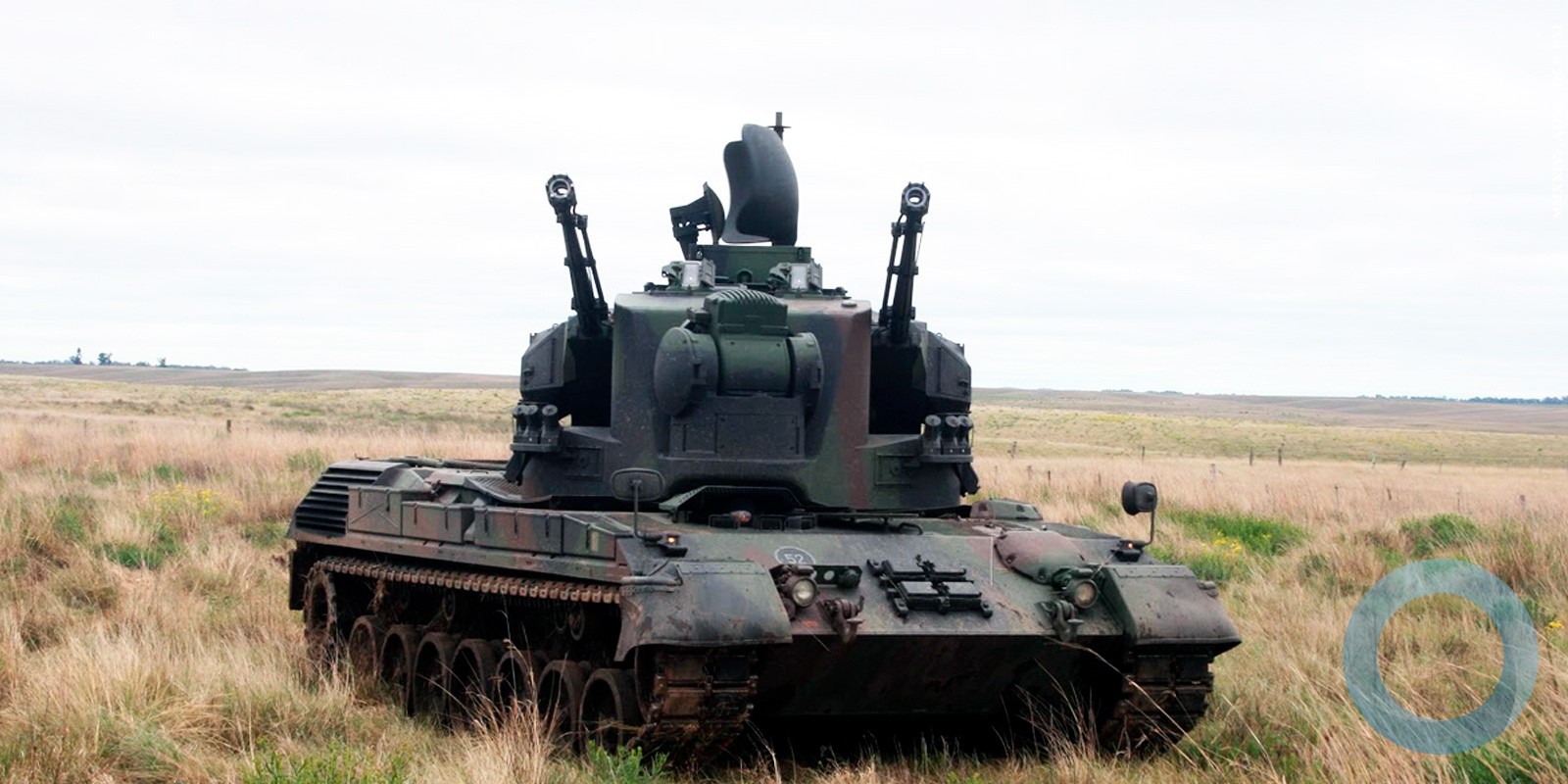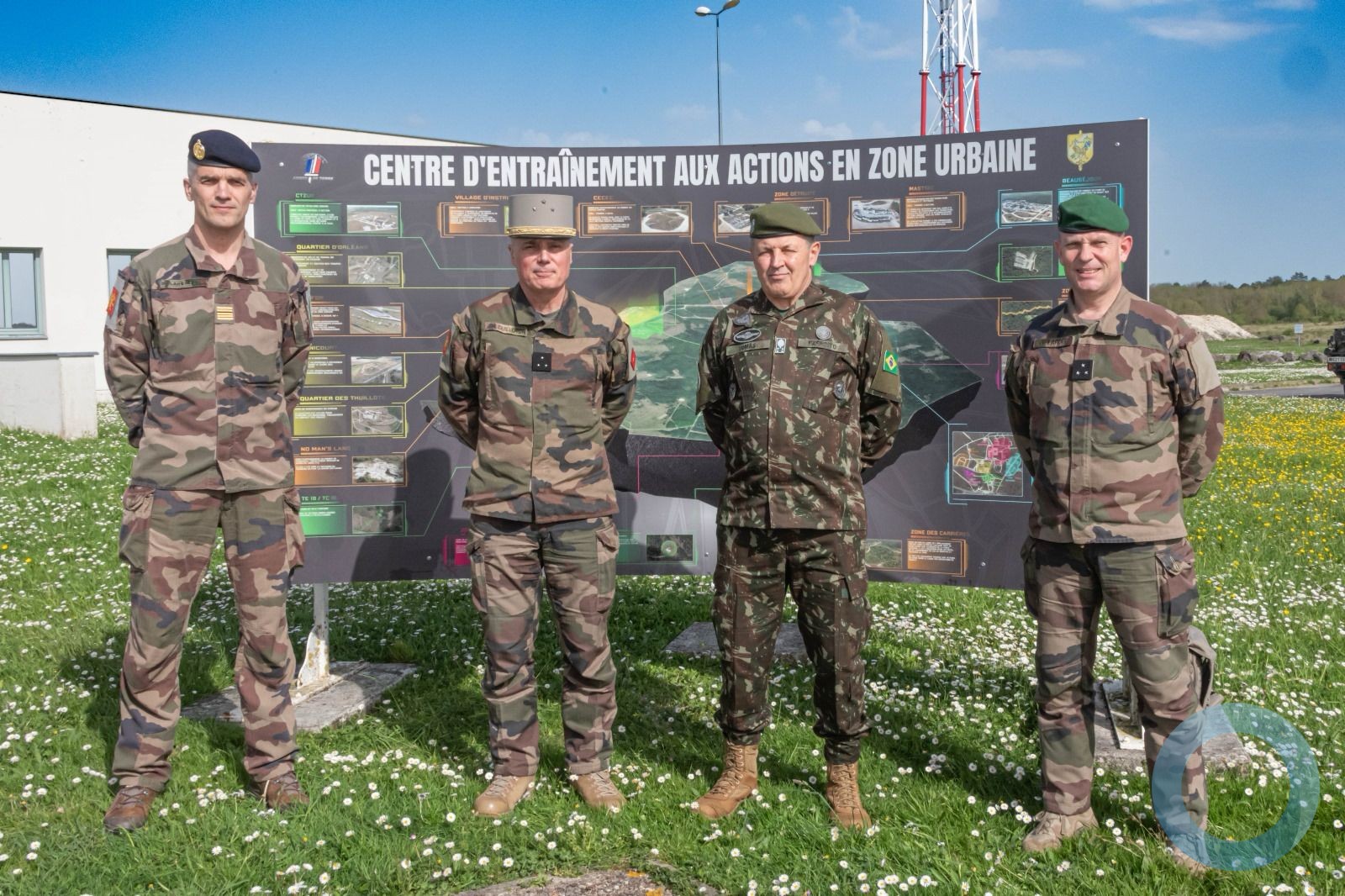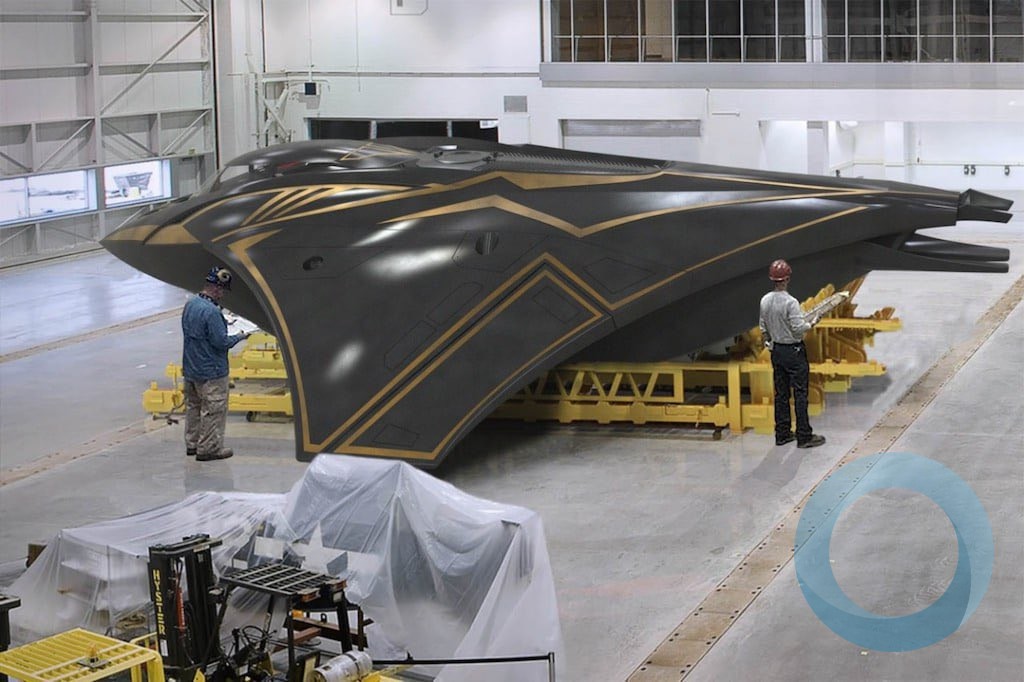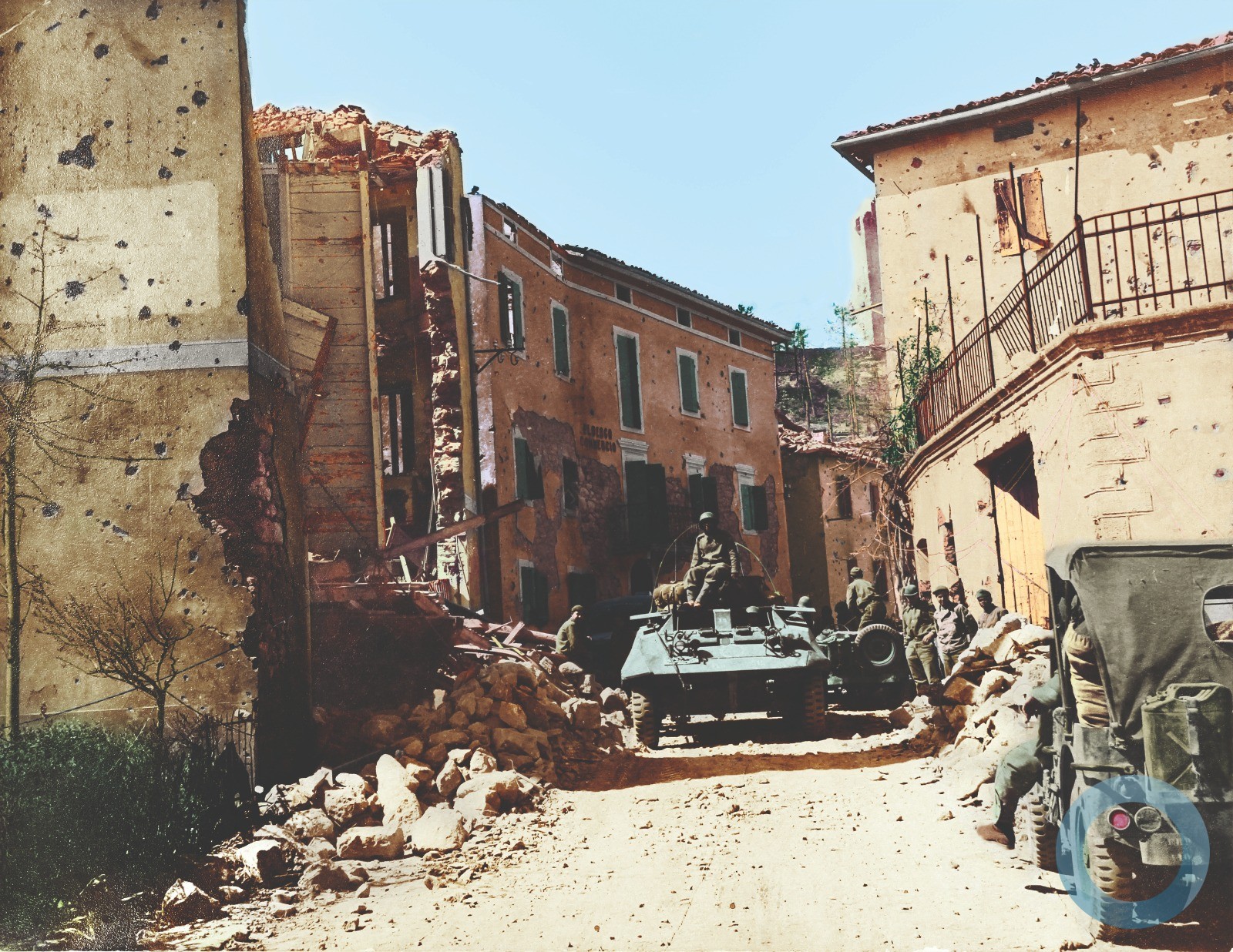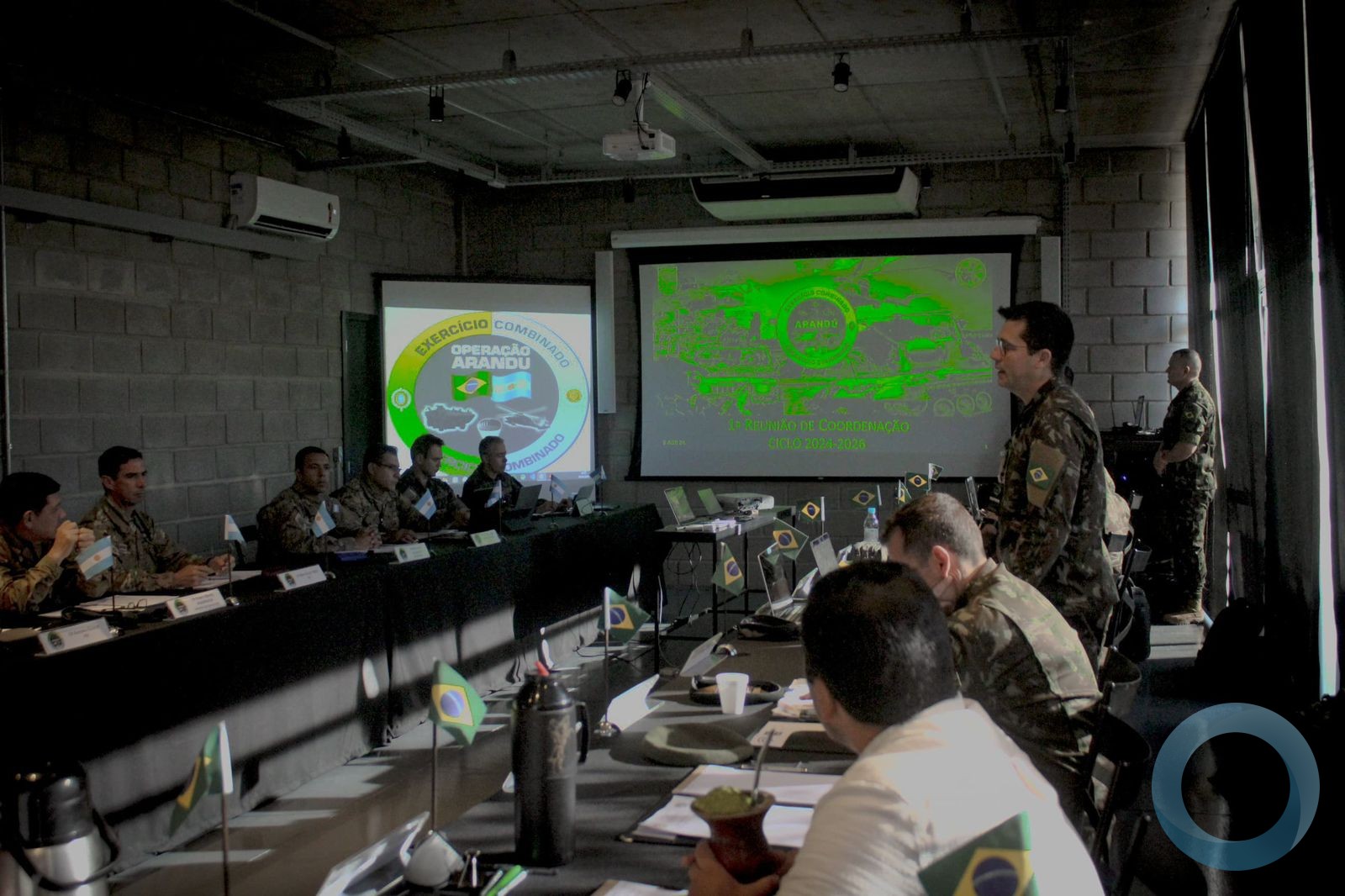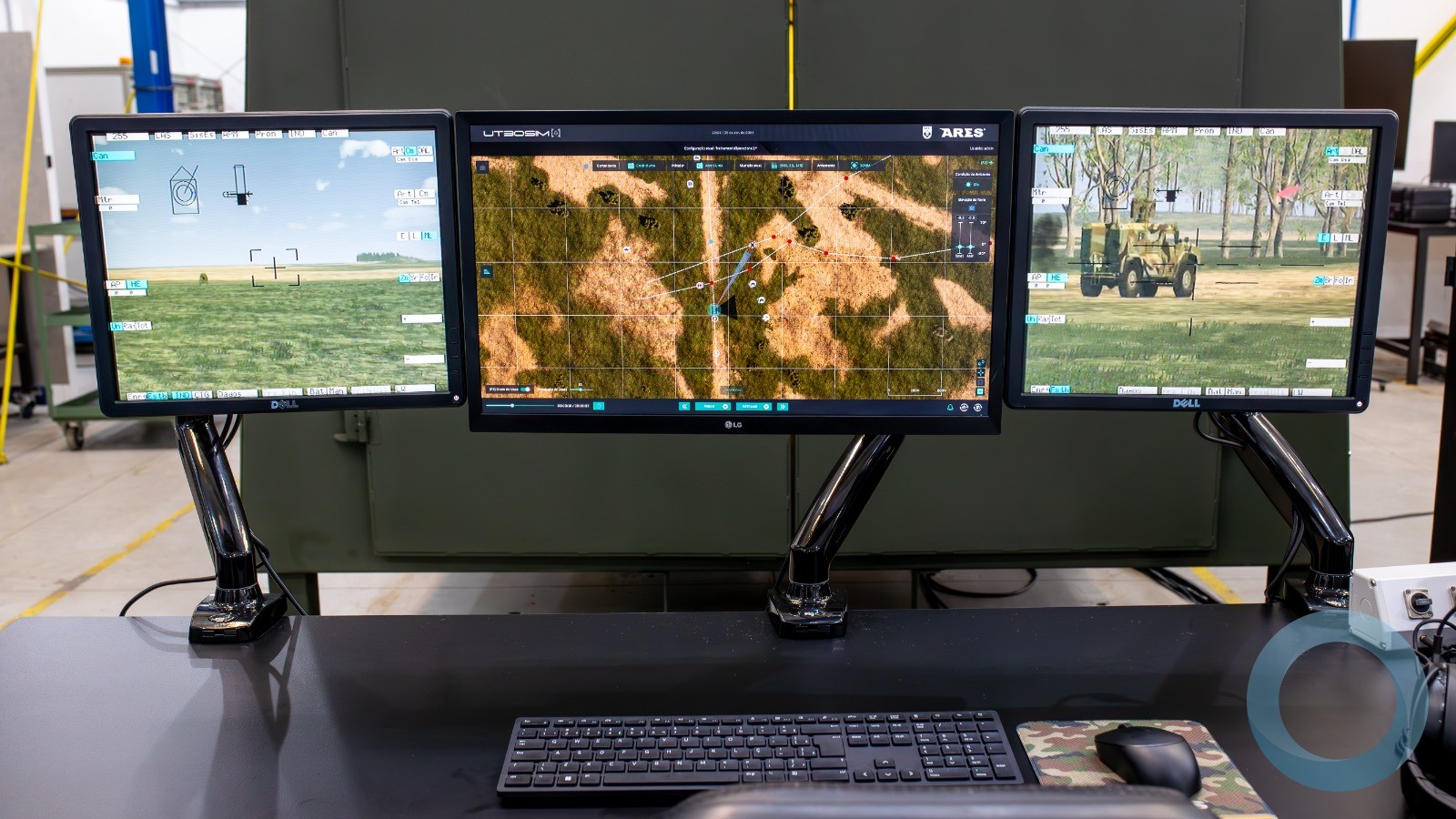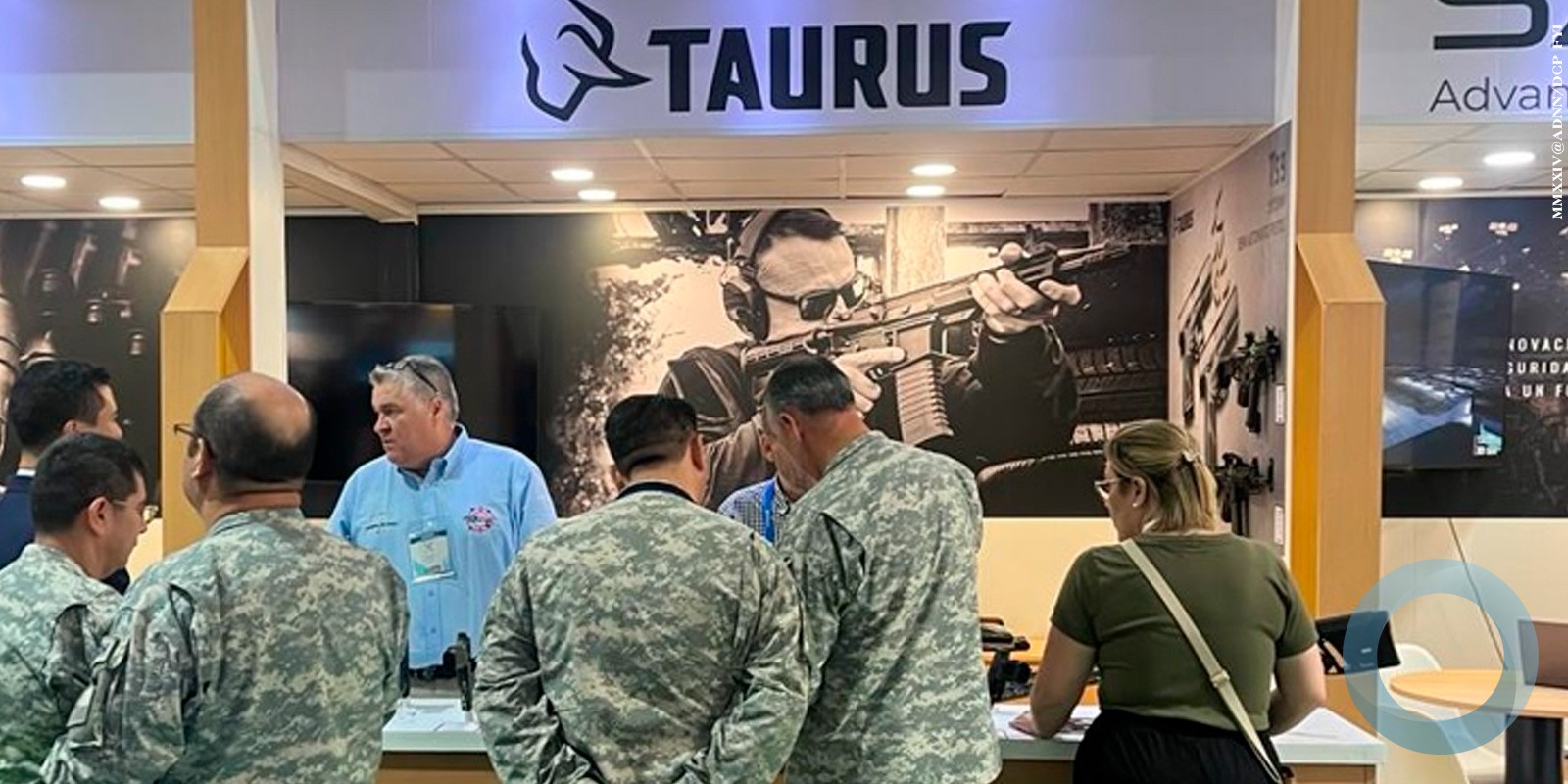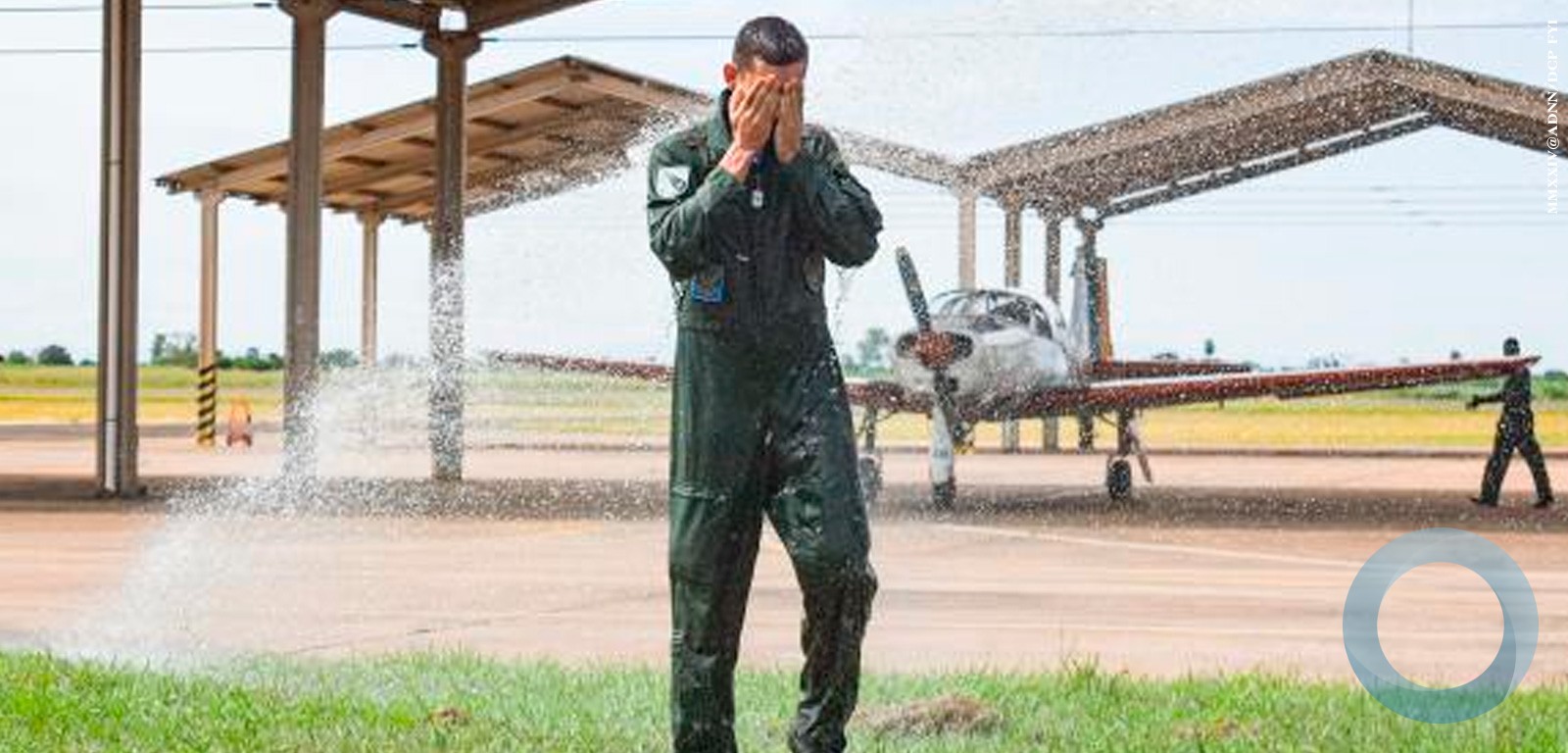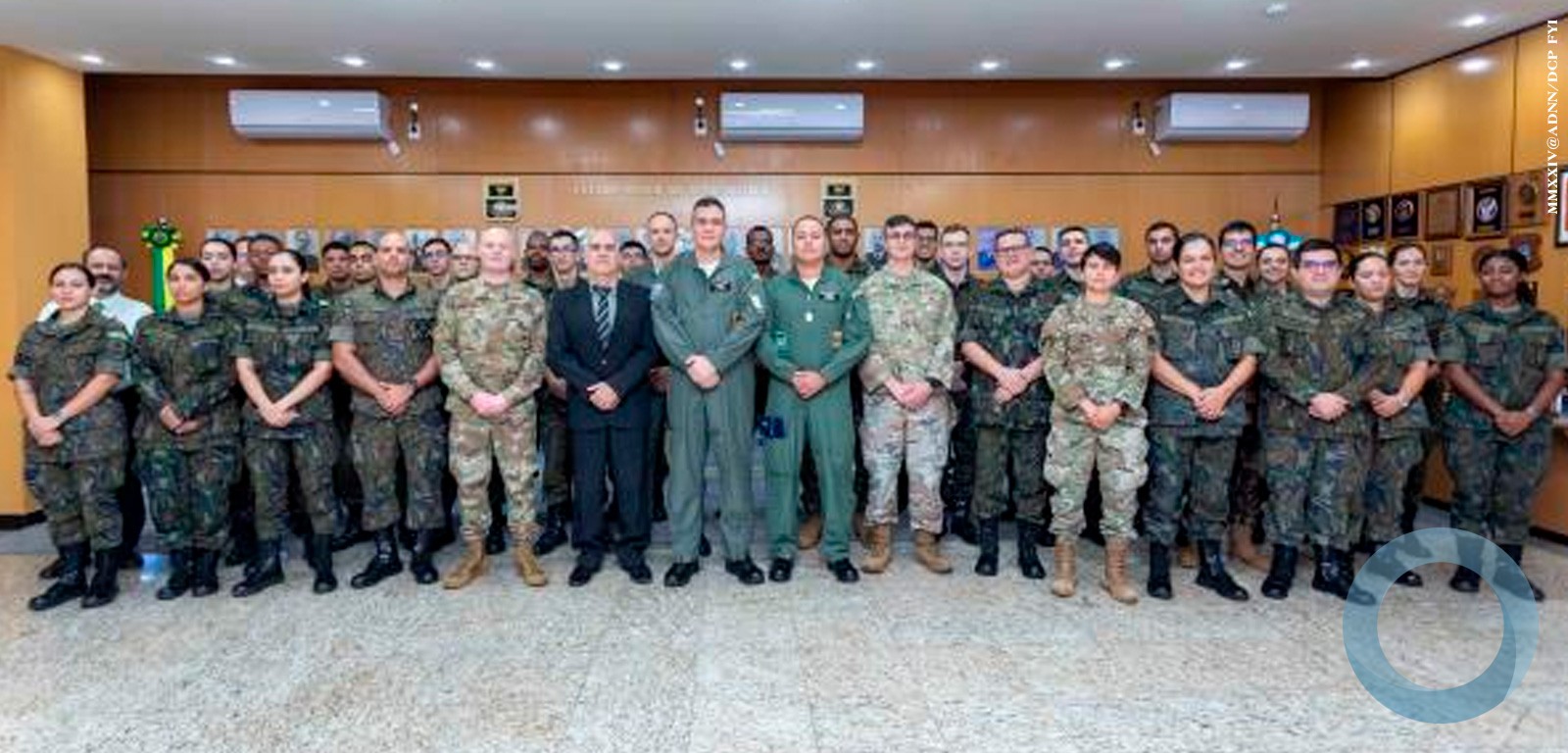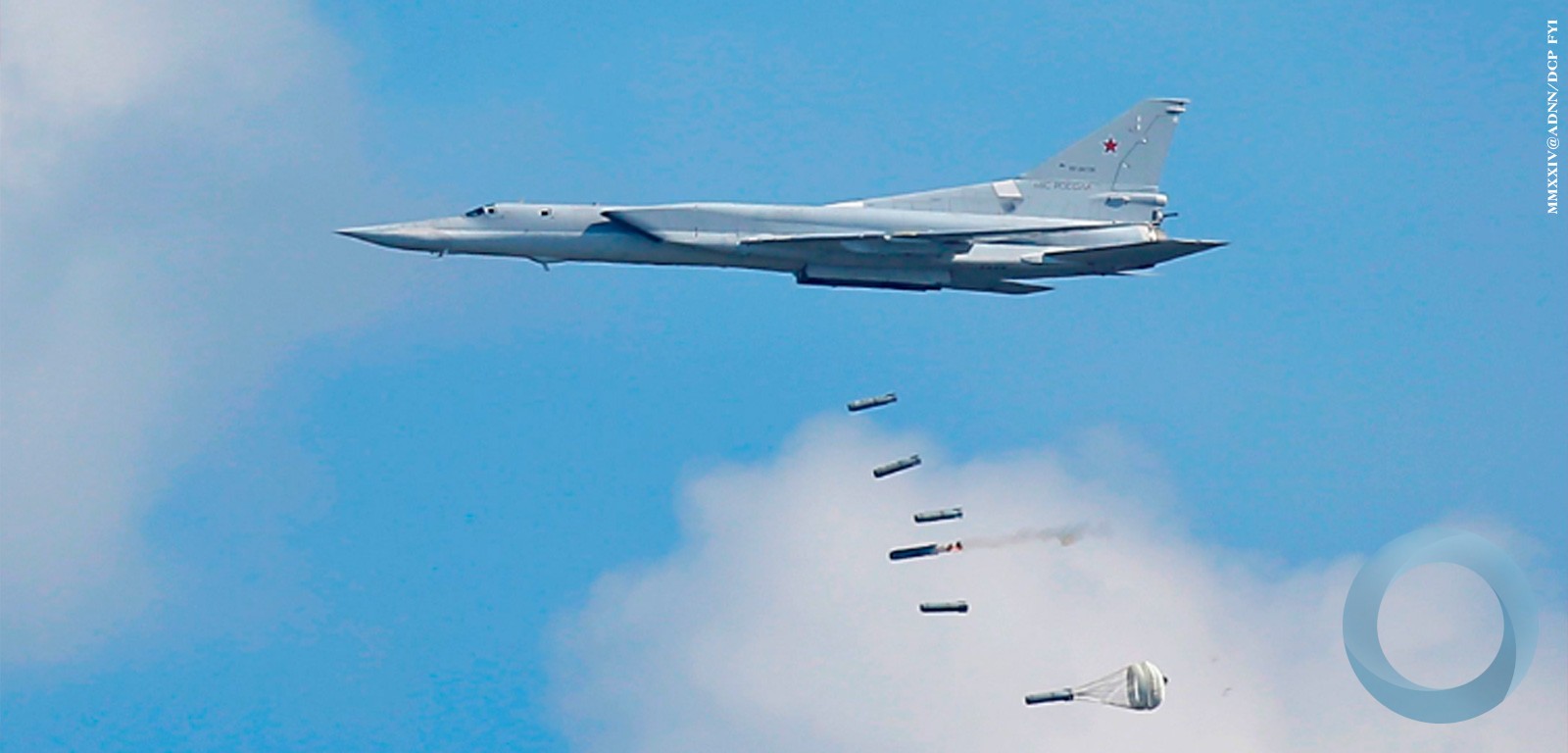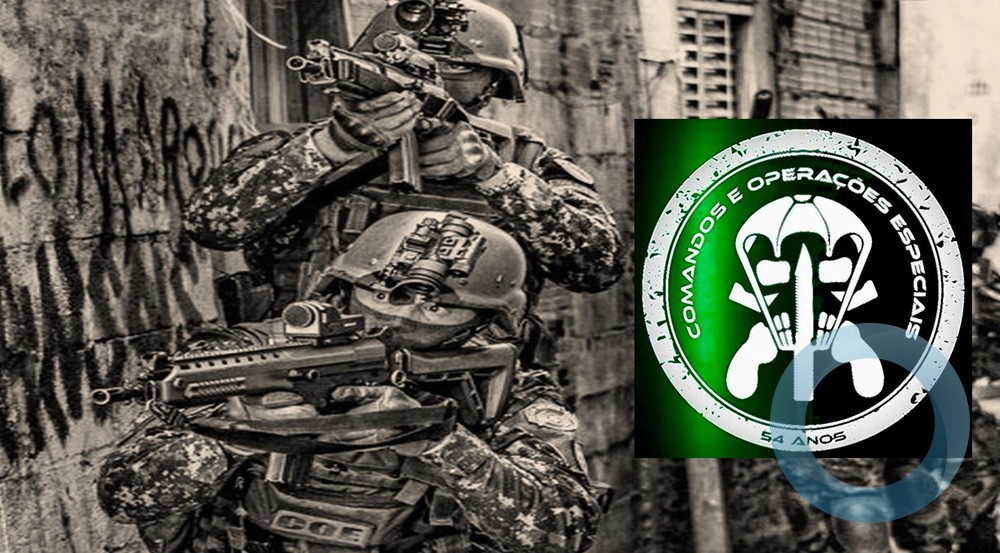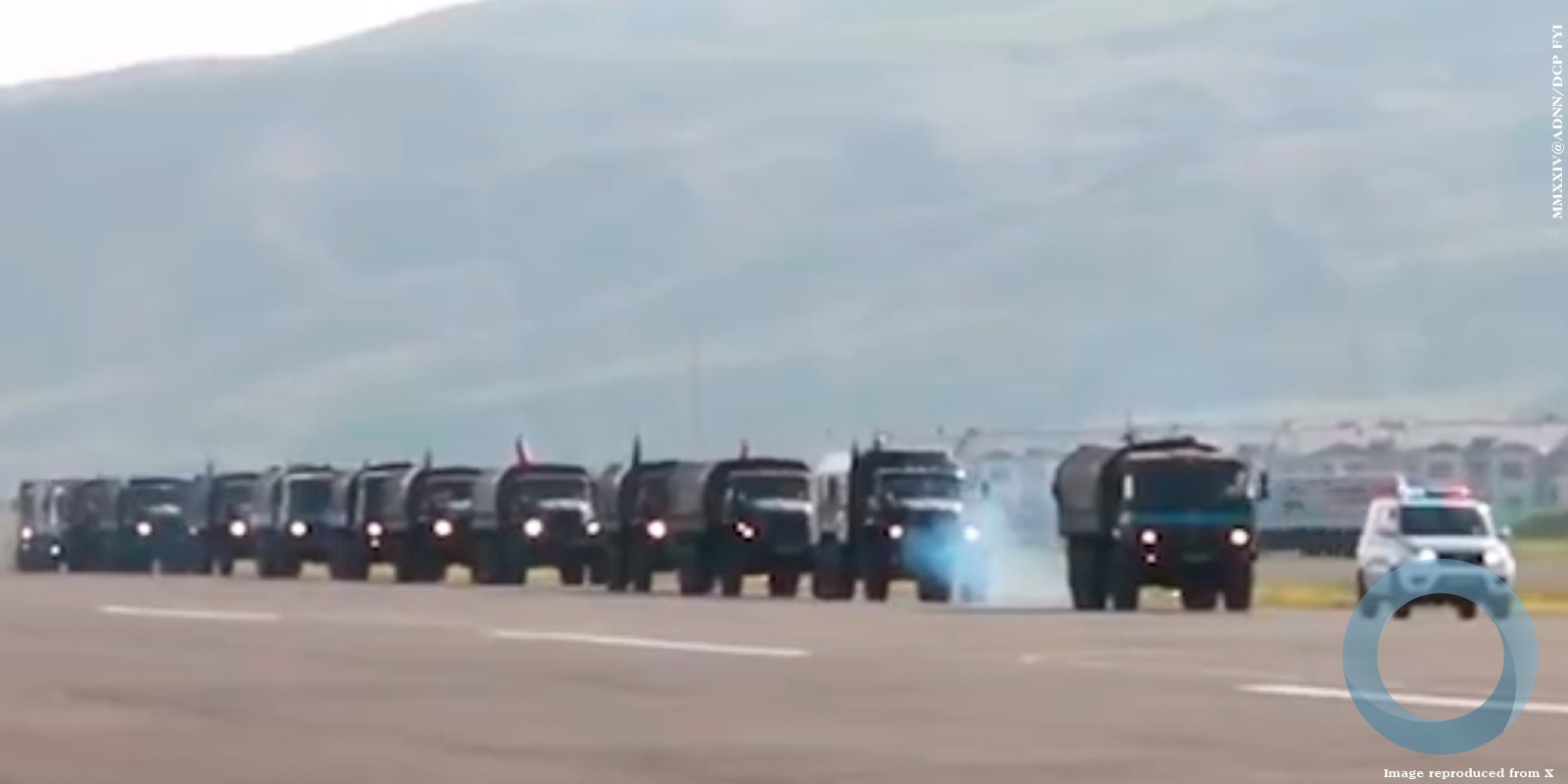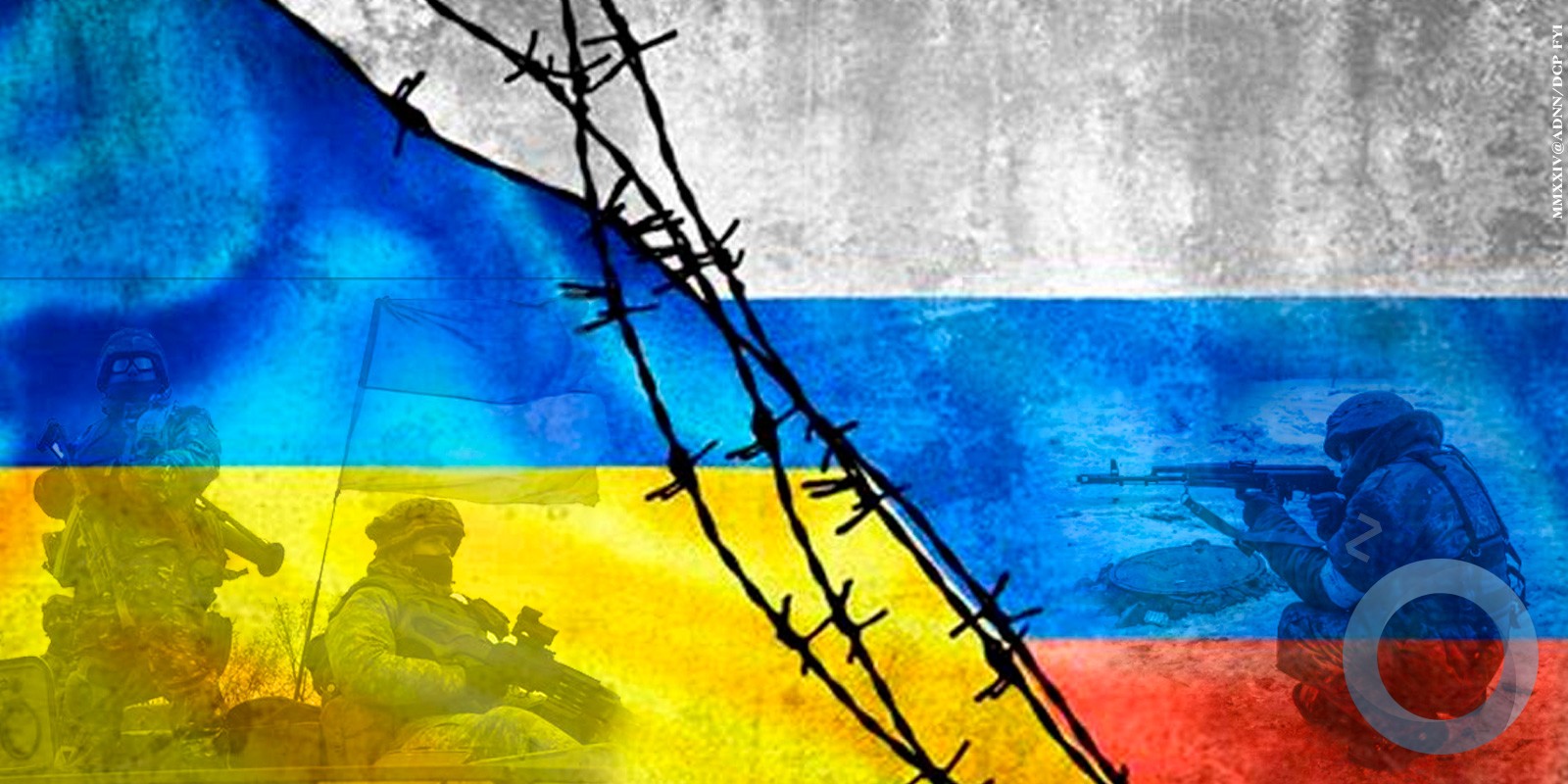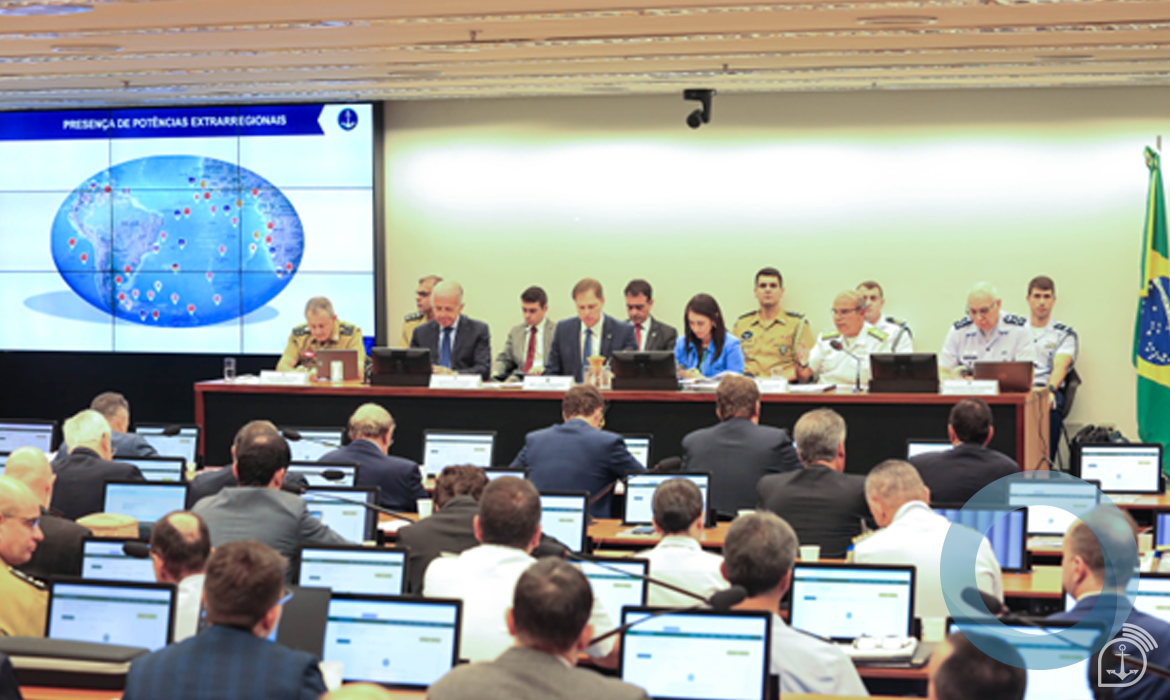ss
|
|
by Vianney Riller, Jr Tradução DefesaNet
|
|
DefesaNet Note The autor Vianney Jr, again give us insigth information with exclusive analysis of current and future world of fighters “Generation Conflict” and the influence in the development lines adopted by American, French, Swedish manufacturers and the Eurofighter consortium. Most of information here released are exclusive and first time published, due the autor experience in flight on: Boeing F/A-18 Super Hornet, SAAB Gripen C/D and Dassault Rafale. Also included special talks with the companies and the Project Teams. The Editor |
| Portuguese translation |
ST. LOUIS, Aug. 28, 2013– “During three weeks of flight testing the Advanced Super Hornet, Boeing [NYSE: BA] and partner Northrop Grumman demonstrated that the fighter can outperform threats for decades to come with improvements that make the jet much harder for radar to detect and give it significantly more combat range.” This press release about the tests of the newest upgrades to the Boeing F/A-18E/F Super Hornet, more than just an important technical advance, shows the logic to a 4th generation fighter lasts competitive in the combat aircraft’s market.
Between Generations
The definition of fighters “generations” always touched off arguments and controversy as to where technology leads a significant evolution and where mere marketing speculation takes over.
Transcending opposite sides of the same passionate debate, the consensus seems to be that we are at a moment of maturation of some innovations that are able to shape a transition between these generations. In this case, we advance from an established fourth generation to a new and yet not totally defined fifth. On the way, we pass some 4+s, 4++s, 4.5… The obvious media tag, “stealth”, is the most celebrated of the “new” characteristics to be adopted.
Meanwhile, what practical advantages do these qualitative leaps (or generations, if you prefer), bring to the completion of the mission, from the point of view of the pilot?
Before fly-by-wire, (where the aircraft´s moving surfaces are controlled by computer), piloting required the attention of the pilot to keep the aircraft within the “envelope” or aerodynamic limits of the aircraft, while combatting the opponent, conducting an attack, or evasively outmaneuvered an enemy.
Also prior to the FADECs (full-authority digital electronic engine controller), all these maneuvers required a careful throttle’s management. I even had colleagues that "toasted" some engines. Therefore, the pilot shared his focus between the aircraft and the target.
After fighter jets began to “fly by themselves” (which left the designers thinking of putting a ferocious dog in the cockpit, to growl at the pilot if he tried to interfere with the computer’s driving), the pilot could focus more and more on the mission. Even so, he was responsible for managing the weapons, and consequently the aircraft, and even the targets, coming dangerously close to enemy threats. For best accuracy, the pilot looked for a very tight envelope for a shot, and in many cases, the guidance of his weapons depended on the sensors of the fighter itself. It is easy to deduce that it is highly unlikely for a single model of aircraft to be efficient in all roles. By consequence, to execute them all in a single sortie, impossible.
The most modern fighters equipped with the latest generation of armaments put the pilot in the position of “Decision Maker”. The advance of mission computers and the data fusion transform the fighter into a combat command center, where objectives on land and on the sea can be attacked at the same time, while simultaneously carrying out aerial combat. Capabilities such as changing target designation of one weapon, even after launch, exchanging information with other aircraft, by link, receiving unrelated targets and designating its own for a friend to carry out the attack, evoke more and more the role of Forward Air Controller, (FAC).
Stealth and supercruise are advances that aim to increase survivability and range of fighters in a future that has already begun. The evolution of the models of conflict and the projections of the wars of the future seem to indicate that the increased in-cloud combat capability leads the way.
The improvement of sensors and autonomous "smart" weapons, the Advanced Cloud concept of combat where not only the information and data, but also the availability of resources and weapons are fully linked, raises the efficiency of joint operations, effectively integrating military assets in land, sea and air.
Add up among the advanced capabilities, management of multiple unmanned combat aircraft involved in the mission.

The concept of Advanced Cloud. Not only information and data but also the weapons and resources are full-linked.
What is so “Advanced” about the Super Hornet?
The recently announced upgrade program of the Super Hornet aims “to put the aircraft out in front of enemy defenses beyond 2030”, in Boeing’s words. The most probable enemy, however, comes from the market and is represented by the entry of aircraft originally conceived of as 5th generation.
The modernization program of Boeing’s fighter has been one of the most successful in the military aircraft industry, but let’s try to see what does this recent update reveal? What is really “Advanced” about the Super Hornet?
The Enclosed Weapons Pod (EWP), according to Boeing’s presentation, claims to offer a mix of payloads under a reduced radar cross-section (RCS.) Super Hornet that already has low observability characteristics due its 19% of carbon epoxy composition with an external coating that is absorbent of electromagnetic waves, could become a bit more “invisible”. EWP is intended to operate at supersonic speeds even with opening bays. The reduction of the RCS comes not only from the removal of loads from fixed points on the wings and belly but from the angularity of the shapes and new coatings.

The Conformal Fuel Tanks (CFTs) increase the fighter’s combat range by up to 130 nautical miles, for a total combat radius of more than 700 nautical miles. In all, it is necessary to consider the big picture in fullest form the specifics of each mission to determine the best configuration. For example, if a Super Hornet enters an A2AD environment (Anti-Acess, Area-Denial), CFTs, EWP and by consequence a very low RCS could assure a well-succeed stand-off attack. If in an uncontested air space with full weapons load at hard points on wings and belly, it gets even more punch. Boeing states that as a result of CFT and EWP, more than 50% improvement over current LO signature was achieved. Signature validated in both Boeing’s near-field test facility and the Navy’s Atlantic Test Range.

As to performance, the presented graphics look to demonstrate a comparison of fuel consumption, from equal to reduced, between the Advanced version and the Super Hornet. The fuel-burn-rate-lines touch at 34,000ft, 0.84Mach with a gross weight of 45,100 lb. It could be deduced from an equation between the generating lift in the region above the fuselage (CFT curvature) and the angle of attack (AoA, or α). I would like to evaluate this “energy efficiency” under different conditions of altitude, temperature, weight, density, etc.; and if this additional “fixed lift” near its center of gravity could increase stability with some loss of maneuverability.

Very likely, the two Flight Control Computers (FFCs, FCC A and FCC B) will preserve, or even improve for the Advanced Super Hornet, same “intelligence” of fly-by-wire flight that I found on the Block II when I flew her. What I call as “intelligence”, I mean a highly sophisticated velocity of calculus that extract from the control surfaces the optimal aerodynamic response in all in-flight attitudes. Russian fighters are the only ones that rival this level of flight characteristics, at this present. We wait for an invitation from Boeing to test the most advanced Super Hornet.
Again, rivaled only by the Russians, the AESA radar of the Super Hornet has full “interleaved modes” capability: air to air and air to ground in a single mode of search and tracking. According to Boeing´s media briefing, this is one of the items to be upgraded in the “Advanced” program.

Radar AESA APG79 of F/A-18 Super Hornet and to be upgraded
for Advanced Super Hornet
When I tested in flight the F/A-18F Super Hornet Block II in 2012, my biggest criticism was as much the cockpit – Man-Machine-Interface (MMI), the displays, the data fusion (fundamental to gaining the upper hand in net centric warfare) – as the absence of an integrated IRST, infrared search and tracking sensor. Exactly these items are the focus of the coming additions and improvements in the program. At this present, they already fly. A large area display (LALCD) is installed at the backseat of an F-15E for testing. It promise to provide a 3D situational awareness. Again, from the point of view of a pilot, the immediate perception of an enemy aircraft inside a comprehensive battle area could lead to the best decision and maneuver to overcome the threat.

Large Area Display
While waiting its maturity level, the future integrated IRST flies on the nose of a “test bench” King Air, under Navy funding for optronics development that awarded Boeing and Lockheed Martin. Missile / Laser Warning complete the situational awareness planned improvements. An enhanced engine is expected to offer some 20 percent greater thrust than the current powerplant with a greater fuel efficiency.
Boeing has begun testing upgrades of relatively lesser complexity and financial impact. All the “Advanced” enhancements can be affordably retrofitted on an existing Block II Super Hornet aircraft or included on a new jet, according to the manufacturer. Praise and criticism in the weighing scale, the measuring points a step forward.
The Super Hornet once again get reinvented at a time when UCAVs, OPVs, 5th Gen fighters and even prototypes of 6th Gen make military aviation industry’s wagers more and more risky. It is a moment for caution, and Boeing has intelligently adapted its fighter to fly above the turbulence of uncertainty and doubt.

“Boeing and our industry partners are investing in next-generation capabilities so warfighters have what they need when they need it, and so the customer can acquire it in a cost-effective manner,” said Debbie Rub, Boeing Global Strike vice president and general manager. These investments count on a reasonable assurance of stability of a company of US$ 81.7 billion, and with 170,000 employees around the world.
More for Less
For a generation to be established, besides the technical advantages it brings together, it must be accessible in a financial sense: whether around acquisition cost as well over the operating cost. To be successful in the marketplace, a project ought to be perfectly adjusted in an equation that involves numerous sensitive factors.
Taking into consideration that a fighter is the longest-serving weapon system, from 30 to 40-years’ duration, the choice of a first-line combat aircraft may concern its upgradability. It must be able to face new weapons and threats as new technologies emerge.
Like in the Old West, the fastest gun will always be challenged. At the moment, between the new 5th generation fighters for sale, the “gun to beat,” is the F-35. Much less because of what the F-35 is able to “show,” not even having entered service yet, but by the status quo of the market. Besides the orders of the United States Air Force, Marines and Navy, already assuring the F-35’s place as the representative of a new era, many new international contracts for the Lockheed Martin fighter force us to accept it as the only 5th gen fighter in operation on four continents by 2020. Probably, it will also be the largest number in service by 2035. These orders are being reviewed and even decreased but still sound huge. In the case of part of them became true they will contribute to the accelerated obsolescence of current first line fighters.
| JSF F-35 Planned Quantities Table | |||
| Country | Type | Quantity | |
| United States | USAF | A | 1763 |
| USN | C | 260 | |
| USMC | B | 340 | |
| USMC | C | 80 | |
| United Kingdom | B | 138 | |
| Turkey | A | 100 | |
| Australia | A | 100 | |
| Italy | A | 60 | |
| B | 30 | ||
| Netherlands | A | 85 | |
| Canada | A | 65 | |
| Norway | A | 52 | |
| Japan | A | 42 | |
| Denmark | A | 39 | |
| Israel | A | 19 | |
And if we are talking about 2020, just seven years ahead, then why even bother about a fourth generation?

Several Fifth Generation models in production / design or study.
Well, the chief limiting factor for a country to acquire a new-gen jet is cost, plain and simple. The acquisition and operating costs of 5th generation fighters restrict these aircrafts to a small group of nations, apart from any political questions. The F-35A has a flyaway cost of US$153.1 million, while the STOVL F-35B version, short takeoff and vertical landing, will not leave the factory for less than US$196.5 million. Finally, the aircraft carrier designed F-35C is expected to cost US$ 199.4 million. It is possible that these prices could come down a bit, but never to the level of US$ 57 million for a Super Hornet, for example.
Similar to Boeing’s upgrade program, other manufacturers also develop their own, seeking to incorporate new technology in a more affordable cost. However, to remain attractive in the market for new aircraft, and by consequence stimulate second hand aircraft sales for countries with lesser acquisitive power or less geopolitical expression, it depends on not only the ability to upgrade and incorporate new technologies, as the speed you do it.
Besides the major players, the United States and Russia, only the French Rafale has operational AESA radar albeit without interleaved mode. This lack should be remedied with the injection of resources resulting from the nearly completed contract with India. Dassault’s fighter also has its plan to improve stealth and combat range with conformal fuel tanks and enclosed weapons pod.

Conceptual drawing of Dassault Rafale with CFT and Weapons Pod
including in the wings tip.
The Eurofighter Typhoon, that has shown its CFT mock-up at majors international aviation salons, is the key challenge of EADS, European giant recently renamed Airbus. Its AESA radar is only expected to be fully operational in 2021. This is if the partners of the consortium can reach consensus as to the investments for such development. Integration of the long-range air-to-air missile Meteor and the cruise missile Storm Shadow are expected in 2017/2018. The ground attack missile Brimstone is due in 2020. All of these, MBDA developments. Schedules set; Royal Air Force Typhoons should begin their out-of-service process in 2030.

Eurofighter Typhoon with Conformal Tanks as shown on recent Air Shows.
Rafale and Typhoon have, besides looking for these technologies, sought to develop very own solutions to gain some exclusive competitive advantage. A more accurate passive detection allowing attack on enemy fighters at a considerably greater distance, without the use of radar, but with great precision is among these indie technologies.
TRAGEDAC (Rafale) and PIRATE (Typhoon) are between the main bets of these European competitors. By the way, I have personally experienced the advances of the Rafale in this area, and the results are really interesting.
(Read more at DefesaNet: Shooting Down an Aggressor on My Six! Link)
Running on the outside track comes the Saab Gripen NG, which claims to offer the most affordable operating costs among the fighters that have frequently contested on F-X competitions around the world, in the last decade (currently, US$ 13,245 per flight hour in C/D models, according to a South African Air Force general). However, the Gripen brings the benefit of a development still on the go, and the risk of being an unfinished aircraft, both sides of same coin. Saab decided to develop the NG from its model C/D, and presentations declare that the new model E will use only 10% of its predecessor. In terms of design, there has been no declaration of intent to incorporate stealth geometry, once manufacturer’s philosophy is to pursue a multispectral approach, on its own definition to deal with low observability issues.
The Swedish company is currently testing an AESA radar and an integrated IRST system, in parallel. When I flew the Gripen D, I could only access the oldest suite of radar, link and sensors, however, with a creative HMI. Hope to evaluate how they improved on the Gripen NG.

Aside the merits of political efforts, the most recent conquest of the “Advanced” lies on virtually certain Boeing’s victory, with its F-15 Silent Eagle defeating the F-35 JSF in the South Korean F-X competition. The upgraded veteran F-15 ought to bring US$7.43 billion into the coffers of the American manufacturer. If new-gen technologies became the “heart” of the matter, affordability shows that there is still a place for 4th gen fighters “beat” out the 5th generation ones…

F-15SE – Silent Eagle, winner of South Korean K-FX .
Look weapons bay.

Never a Final Word – An USAF F-22 Raptor engaged by Dassault Rafale.
Photos of recent manouvres between Armée de l ´Air and USAF.
|
Special Note
by a decorated USMC pilot, |








